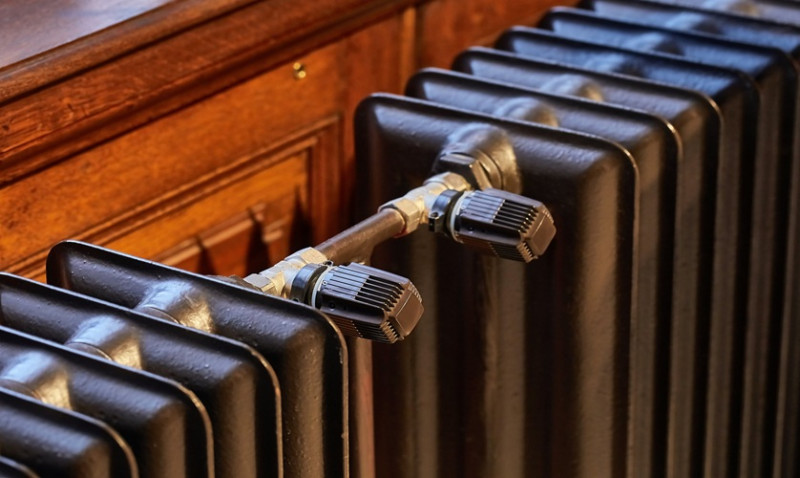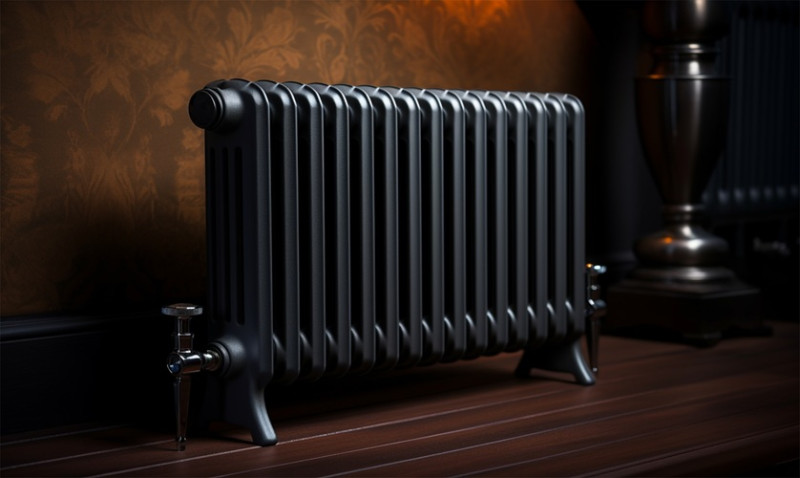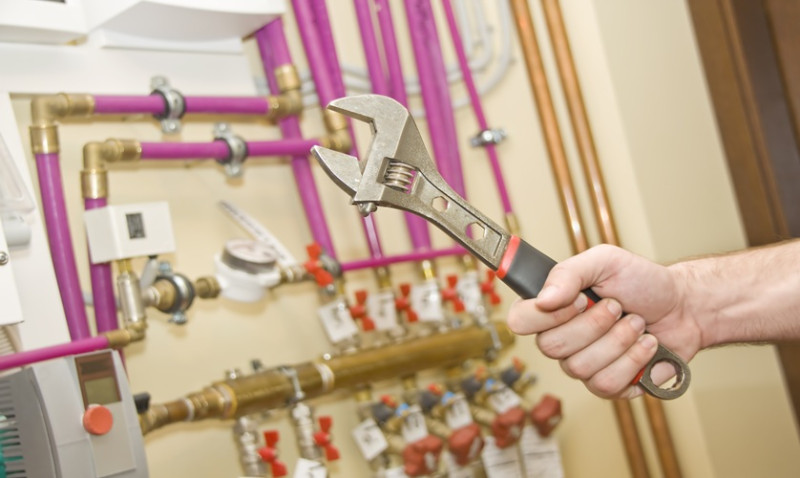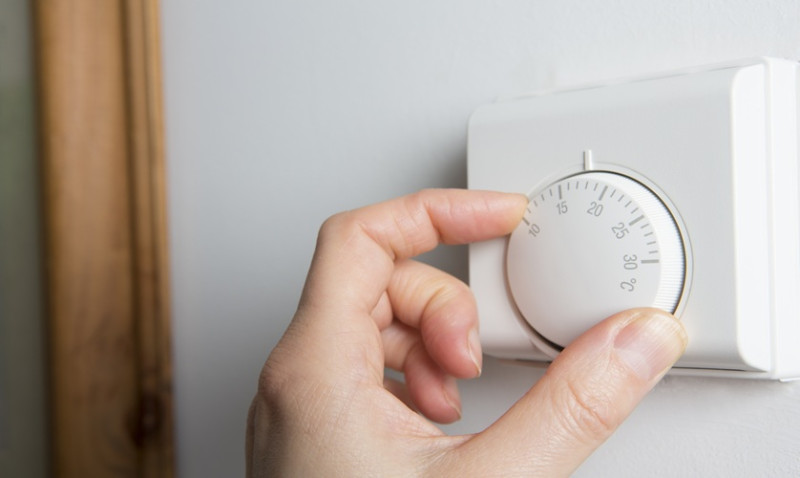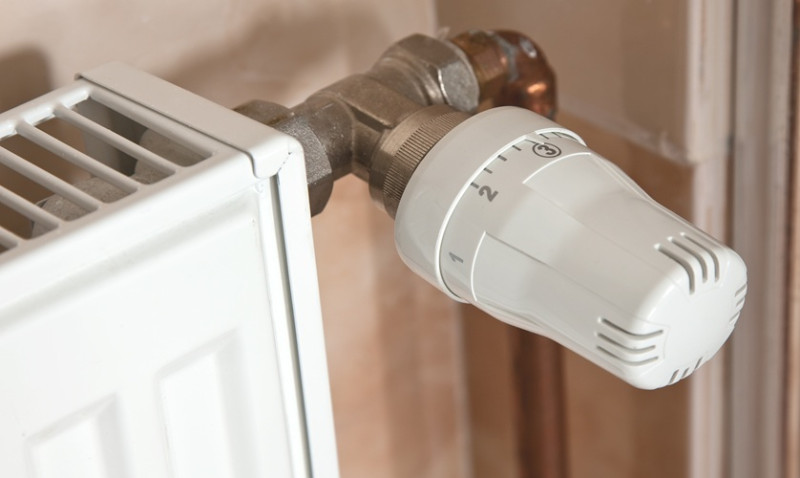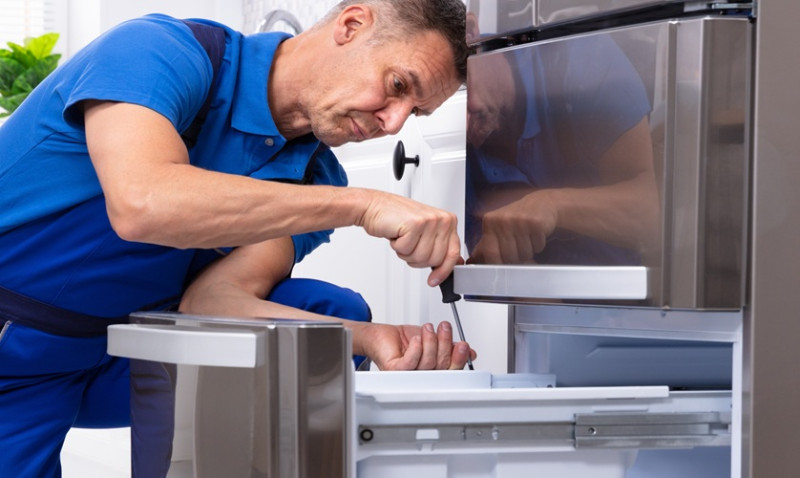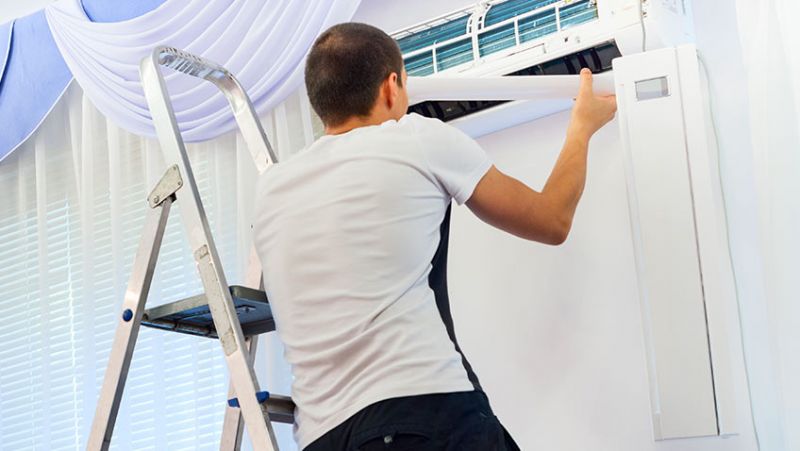
Having an air conditioner is great and ensures a lot of comfort for your home. However, not many owners of an air conditioning system know that it requires regular and proper maintenance. Almost all parts of the air conditioner require care and attention, including the filters, coils, and fins. In case you decide to skip on the maintenance for far too long or absolutely neglect it, you will notice steady decline in the efficiency of the air conditioning system over time. You can improve the way your air conditioner works and its efficiency and it does not take too much time, energy or elbow grease to do so. Below you can find some efficient air conditioner maintenance tips.
Air Conditioner Filter Maintenance
The most important part of the maintenance routine for your air conditioner and the one that will increase the efficiency the most is taking care of the filters of the air conditioner, which includes cleaning and replacing them with new ones whenever they are beyond cleaning and maintenance. Air conditioner filters get clogged and dirty over time and this significantly reduces the efficiency of the whole system. It is not the decreased efficiency of the air conditioner in general since clogged and dirty filters can also damage the coil, when dirt goes directly into the evaporator coil and impairs the coil’s heat-absorbing capacity. So whenever you notice the filter of your air conditioner is too dirty and clogged, make sure to replace it with a new one and this will reduce the consumption of energy of your air conditioner with up to 15%. Some types of filters are reusable and can be cleaned, while others must be replaced when dirty and clogged. Cleaning and replacement of air conditioner filters is recommended every few months, more often during the winter season.
Air Conditioner Coil Maintenance
An air conditioner has two coils – these are the evaporator coil and the condenser coil. These two coils also collect dirt over time and the collected dirt, just like with the filter, reduces the efficiency of the system, reduces the airflow, insulates the coil and finally reduces the coil’s ability to absorb the heat. This can turn into a serious problem, so you definitely want to avoid it. In order to avoid it, make sure to clean the coils every year or more often – when it is necessary. Outdoor condenser coils can also get pretty dirty, so they require cleaning and additional care too.
Air Conditioner Coil Fins Maintenance
The coil fins are the aluminum fins on the both coils. These fins can bent easily and can block the airflow from the coil. There are tools that are designed especially for taking care of the coil fins, these are called fin combs and they are used for combing the coil fins back to their original condition.
Air Conditioner Condensate Drains Maintenance
You also need to take care of the condensate drains of your air conditioning system. This consists of occasionally cleaning the drain channels by passing a stiff wire through them. You do not have to neglect the channels clogged for too long as this will prevent the air conditioner from reducing the humidity and the excess moisture may lead to a number of issues in the room where the unit is installed.
Prepare Your Air Conditioner for Winter
When the clder months approach, you want to take additional care of your air conditioner in order to increase its efficiency. As simple as that – you want to cover the outdoor unit of a central air conditioner and this will protect the unit’s body from debris and the harsh winter weather.
Professional Maintenance for the Air Conditioner
If a regular maintenance routine is not enough to increase the efficiency of your air conditioning system, make sure to hire specialists and they will provide their professional maintenance and help and take proper care of the system. An in-depth professional maintenance service usually includes:
- Checking the correct amount of refrigerant
- Testing the refrigerant for leaks by using the leak detector tool
- Capturing any refrigerant that must be evacuated from the system
- Measuring the airflow through the evaporator coil and making sure the coil is not clogged
- Verifying the correct electric control sequence and making sure that both the heating and the cooling systems cannot operate simultaneously
- Inspecting all the electric terminals, cleaning and tightening all connections, applying a non-conductive coating if it is required
- Oiling the motors and checking the belts for tightness and wear and tear
- Checking the accuracy of the thermostat
